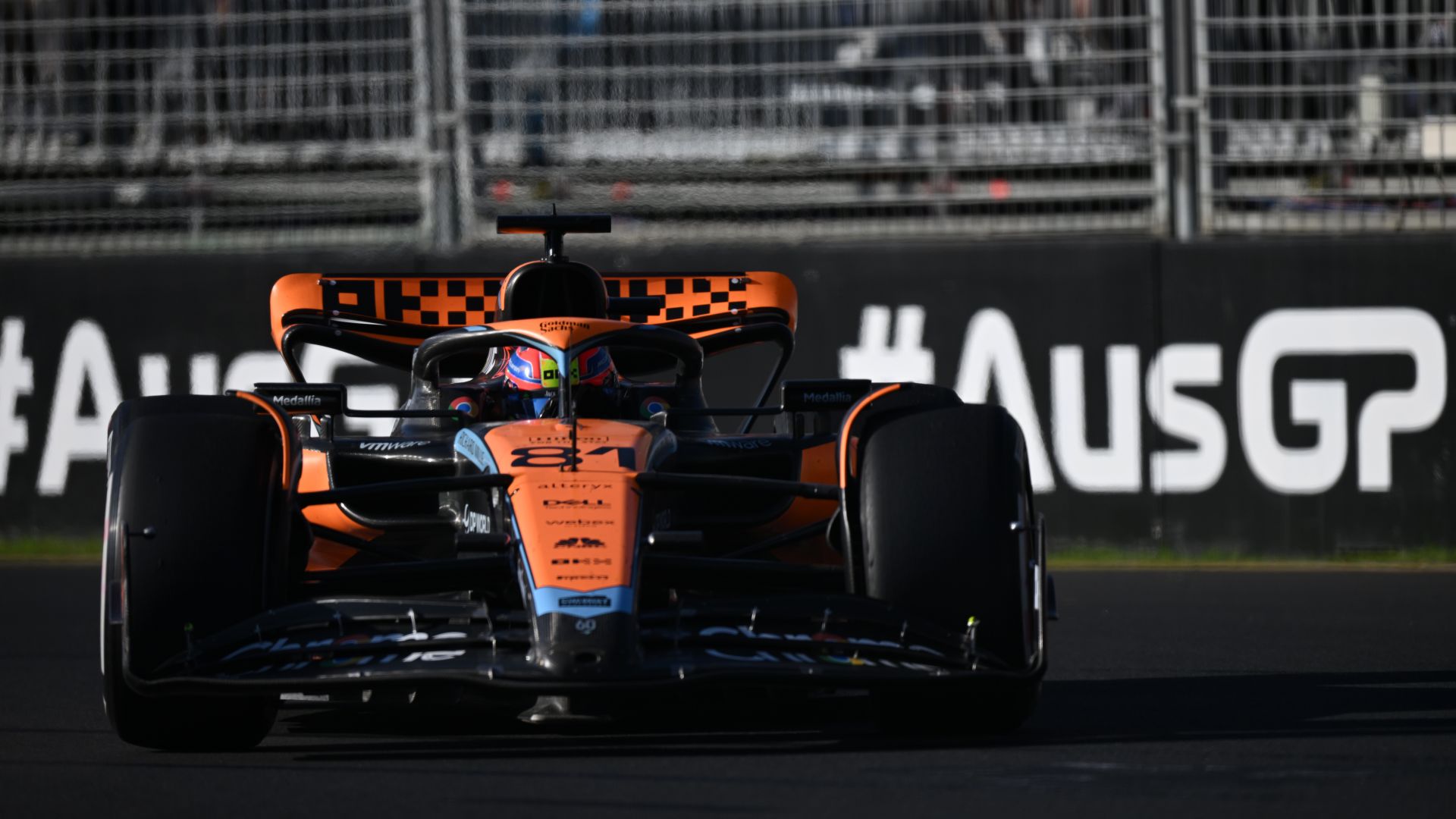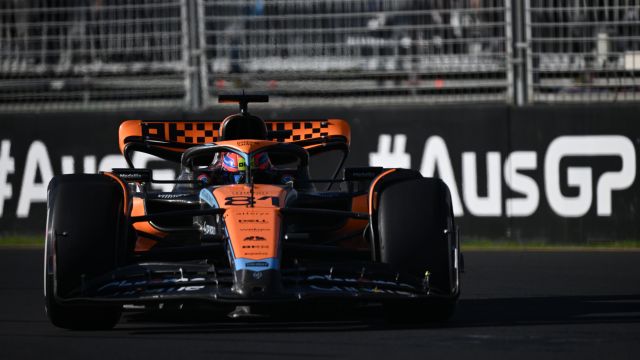How Much Money Does The Grand Prix Bring To Melbourne?


The Australian Grand Prix has a considerable economic impact on the city of Melbourne, adding an estimated AUD 144 million in direct expenditure in 2023 alone. Held annually, this event attracts tourists and motorsport fans from around the globe, contributing to local business revenues and the overall vibrancy of the city. The boost in economic activity extends beyond the event days, as the media coverage and the influx of visitors have lasting effects on Melbourne’s international reputation as a premier events destination.
Government investments and sponsorships play a critical role in staging the Grand Prix, not only ensuring the event’s success but also leveraging the city’s image on a global platform. While the benefits are substantial, they must be weighed against the organizational costs and the investment of public funds. The challenge for policymakers is to strike a balance between the expenditure on the Grand Prix and the economic returns it generates for the city.
Key Takeaways
- The Australian Grand Prix provides a significant economic boost to Melbourne.
- Government and sponsor investments are pivotal in hosting the event.
- Balancing event costs with economic benefits is key for city officials.
Economic Impact of the Australian Grand Prix
The Australian Grand Prix is a significant revenue generator for Melbourne, boosting the local economy through various channels such as tourism, commerce, and international exposure.
Assessment of Benefits to Victoria’s Economy
The Australian Grand Prix plays a vital role in Victoria’s economy. The event contributes to Victoria’s gross state product by attracting tourists, increasing hotel occupancy rates, and stimulating spending in the hospitality and services sectors. Betting activities around the event through famous bookmakers such as Ladbrokes also add to the economic dynamic, though they must be carefully regulated. Economic impact assessments have shown that the influx of visitors for the Grand Prix has a positive effect on local businesses and employment rates, adding 1,149 jobs (FTE), including 614 direct jobs and 535 indirect.
Attendance and Revenue Statistics
Attendance figures for the Grand Prix are telling indicators of its economic contribution. The event consistently attracts large crowds, with a record-breaking number of spectators attending in recent years. These attendees not only pay for event tickets but also spend on accommodation, dining, and other leisure activities, which increases revenue for the city. The table below highlights key attendance and revenue statistics from recent years:
| Year | Attendance | Revenue Generated |
|---|---|---|
| 2021 | 300,000 | $60 million |
| 2022 | 320,000 | $65 million |
| 2023 | 350,000 | $70 million |
The data indicate a growing trend in both attendance and revenue, showcasing the event’s expanding economic benefit to Melbourne and the wider Victoria state.
Government Investment and Sponsorships
The Melbourne Grand Prix is substantially backed financially by state government funds and bolstered by various sponsor partnerships. These investments and sponsorships are integral to the event’s success, impacting both its execution and financial viability.
State Government Funding
The Victorian government plays a significant role in the financing of the Melbourne Grand Prix. The state allocates funds annually to support the event, which includes covering logistical costs, improving infrastructure, and promoting the Grand Prix to attract tourists. For instance, reports suggest that government contributions can amount to tens of millions of dollars. This funding is mainly sourced from Victorian taxpayers, reflecting a decision by the state to invest in the Grand Prix as a means to boost economic activity and international exposure.
Role of Sponsors in Financing
Sponsorship deals are pivotal in supplementing the funds allocated by the state government. Sponsors such as Rolex, as the naming rights sponsor, bring significant capital into the event through their partnerships. These brands see value in associating with the prestigious event due to its global reach and high-profile audience. Sponsor contributions can manifest in various forms, from branding on the circuit to exclusive hospitality packages. In return, sponsors obtain visibility, customer engagement opportunities, and association with the luxury and excitement inherent to the sport, thereby boosting their brand equity.
Societal and Business Advantages
The Australian Grand Prix is a substantial economic event for Melbourne, generating significant revenue and offering broad societal benefits. On the business front, widespread exposure and engagement opportunities for sponsors translate to a flourishing commercial landscape during the event. The societal impact is equally important, with the event fostering community pride and supporting local economic activity.
Boost to Local Businesses
Melbourne’s hospitality industry experiences a surge in patronage as a result of the Grand Prix, with local hotels often reaching near full occupancy. Last year, for example, Marriott reported a 95% occupancy rate for their Melbourne properties during the race weekend, a 5% increase over the previous year. This trend is not limited to official partners of the event; other hotels without direct ties also report high occupancy, pointing to widespread economic benefits across the sector. Furthermore, it’s not only hotels that benefit; the demand extends to restaurants, retail stores, and various service providers in the vicinity of Albert Park and across Melbourne, contributing to significant business revenue.
Advantages for Melbourne and Victoria
For the Victorian government, the investment in the Grand Prix goes beyond direct financial returns. The government’s contribution, which was $78.1 million last year, is bolstered by a range of benefits including increased international exposure, tourism, and a sense of civic pride. The Grand Prix acts as a showcase for Melbourne on the world stage, attracting visitors and global audiences, which can lead to longer-term economic advantages. Last year, the event accounted for an economic benefit of $171 million — a direct and sizable return on the government’s investment. Importantly, these gains form part of a larger narrative that shapes Melbourne’s identity as a vibrant, global city and underscores Victoria’s reputation as a premier destination for major international events.
Event Organization and Costs
The Grand Prix in Melbourne entails significant financial outlay for the preparation of the event and the experiences offered to attendees.
Circuit Preparation and Management
Albert Park circuit undergoes extensive transformation to meet the requirements of hosting a Grand Prix. Costs associated with this include the setup of grandstands, safety barriers, and race infrastructure. In addition, there are substantial expenses for circuit management throughout the event. These costs cover security, staff salaries, and logistical operations. The hospitality areas, grandstands, and general circuit areas are prepared with high standards to ensure a successful race event.
Ticket Pricing and Attendance Costs
Tickets for the Melbourne Grand Prix vary significantly, catering to a range of budgets. A general park pass may attract budget fans, while a race ticket for a seat at the Schumacher grandstand implies a mid-range cost. For high-end fans, the F1 Experiences Champions Club offers a premium hospitality experience, commanding a higher price. Accommodation costs also play into the overall expense for attendees, scaling from modest to luxury offerings. Air travel can add to the financial considerations for those coming from afar. A basic breakdown of potential expenses includes:
- Budget Fans: Park pass, basic accommodation, minimal spending money.
- Mid-range Fans: Race ticket, mid-level accommodation, moderate spending money.
- High-end Fans: F1 Champions Club hospitality, upscale accommodation, substantial spending money.
Fan Experience and Demographics
The fan experience and demographics concerning the Melbourne Grand Prix illustrate the global appeal and diverse audience attracted to this prestigious motorsport event.
Fan Engagement and Demographic Reach
The Grand Prix in Melbourne garners attention from a wide range of spectators. Fan engagement is reinforced through interactive experiences, such as meeting drivers and virtual simulations, catering to an audience that includes avid motorsport enthusiasts and casual observers alike. Attendees are typically characterized by a significant proportion of males aged between 18 and 45, although the event does attract families and individuals across all age groups and genders.
- Demographic Breakdown:
- Gender: Predominantly male
- Age range: 18-45 as the largest group
- Families: Increasing attendance
- Geographic spread: Global audience with a strong local base
Accommodation and Travel for Fans
Accommodation options for fans traveling to Melbourne for the Grand Prix range from budget hostels to more upscale hotels. For example, hostel accommodation offers an affordable alternative for general admission ticket holders, while those preferring more premium experiences, such as access to the exclusive Fangio Lounge, may opt for a 3-star hotel or higher.
- Accommodation & Travel Highlights:
- Hostel Accommodation: Budget-friendly, often booked by those holding general admission tickets
- 3-Star Hotels: Popular among visitors seeking comfort without extravagance
- Service Levels: High, with the aim to cater to international standards
Transportation services are structured to enable convenient travel to and from the circuit, ensuring high service levels for all spectators.
Future of the Grand Prix in Melbourne
Melbourne’s future as a host for the Formula 1 Australian Grand Prix looks bright and secure, with the Victorian government and Liberty Media striking a significant 12-year contract extension. This new agreement ensures that the high-octane event will continue to grace the Albert Park circuit until at least 2037. The deal is more than just an extension; it also includes renegotiated terms that enhance the rights Melbourne already possessed for promoting the Grand Prix from 2023 to 2025.
This long-term commitment reflects the confidence that both the organizers and the city have in the event’s ongoing success and its ability to draw crowds, as well as its substantial economic impact. The extended contract is a testament to Melbourne’s reputation as a premier destination on the Formula 1 calendar, offering a perfect blend of thrilling races and vibrant city life that appeals to fans and tourists alike.
Securing the Grand Prix for such an extended period also allows Melbourne to plan for the future with greater certainty, ensuring the city can maximize the event’s benefits and continue to deliver a world-class spectacle.
Long-term Economic Strategies
Economic strategies to maximize the benefits of the Grand Prix to Melbourne encompass a broader approach than merely hosting the event. These include:
- Direct Investment: Infrastructure and transportation enhancements bolster the city’s capabilities to host large-scale events.
- Global Marketing: Promoting Melbourne via the Grand Prix increases tourism and international business opportunities.
The focus of long-term economic strategies involves maintaining a beneficial relationship between the Grand Prix and the city’s growth. The emphasis on economic benefits is clear:
- Tourism: Attracting visitors not just for the Grand Prix but for year-round activities.
- Employment: Providing jobs related to the Grand Prix and consequent economic activities.
- Revenue: Boosting city income through event-related expenditures by spectators and teams.
Officials aim to ensure that the Grand Prix remains a fixture that contributes positively to Melbourne’s economy, with decisions made considering the interests of stakeholders, including Formula 1 management, drivers, and fans. The continuous adaptation and development of strategies are essential to maintain the viability of the Grand Prix as a prestigious event on the F1 calendar and as a driver for local economic prosperity.





